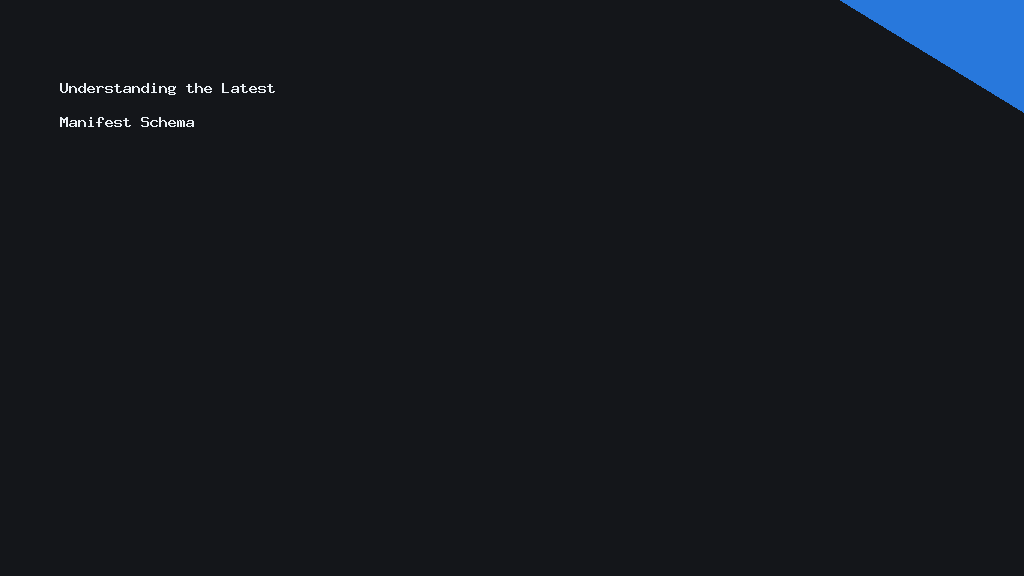Adapting to the dynamic digital landscape requires efficient management platforms that integrate control with innovation. The Microsoft Power Platform is one such tool that offers business solutions through its applications that empower users to analyse data, automate processes, and build apps. To harness its full potential, however, it’s crucial to implement robust governance strategies encompassing environment strategies, Data Loss Prevention (DLP) policies, and Application Lifecycle Management (ALM). In this guide, we explore how to successfully govern the Power Platform by leveraging these essential strategies.
Understanding the Power Platform Ecosystem
The Microsoft Power Platform comprises four main components: Power BI, Power Apps, Power Automate, and Power Virtual Agents. Each of these applications serves specific functions that enhance business operations.
Power BI provides data visualisation and analysis, enabling data-driven decision-making. Power Apps and Power Automate assist in app creation and workflow automation, respectively, while Power Virtual Agents allow businesses to create chatbots without the need for extensive coding knowledge. Together, they form a versatile and powerful ecosystem that can be customized to fit a vast range of business needs.
However, the versatility of the Power Platform presents challenges in governance and control. Without a structured framework, organisations can fall into chaos with unsupervised app creation, potential data breaches, and inefficient processes. This is where environment strategies, DLP policies, and ALM come into play.
Environment Strategies to Structure and Organise
Creating strategic environments within the Power Platform is crucial for effective governance. The term “environment” refers to a space where apps, flows, and data can be stored, managed, and shared.
Having a thoughtful environment strategy helps in organizing resources and maintaining clarity through the segmentation of development, testing, and production stages. It provides a systematic approach ensuring that each environment is correctly aligned with business requirements and user needs. This structure not only promotes efficiency but also enhances security by creating separate development and production environments, minimising the risk of accidental data exposure.
Furthermore, well-defined environment strategies provide a clear landscape for allocating resources, managing solutions, and maintaining user access control, all of which contribute to a seamless operation and increased agility in response to changing business requirements.
Data Loss Prevention (DLP) Policies for Enhanced Security
Securing data is a top priority in today’s digitised world. Within Power Platform, Data Loss Prevention (DLP) policies act as a critical pillar in protecting sensitive business information.
DLP policies serve to regulate data flow by restricting the movement of data between different connectors. By proactively defining which connectors can communicate within your Power Platform environment, you mitigate risks associated with data leakage. Establishing DLP policies requires careful consideration of your organisation’s data sensitivity and compliance requirements to tailor the policies effectively.
Moreover, DLP serves as a proactive measure that alerts users about compliance violations before they occur, thereby preventing potential data breaches and ensuring regulatory compliance. This not only protects the organisation’s reputation but also builds trust with stakeholders by demonstrating a commitment to safeguarding their information.
Application Lifecycle Management (ALM) for Efficient Development
Application Lifecycle Management, or ALM, is the process of managing the lifecycle of an application from inception through to deployment and operation. For Power Platform, a robust ALM framework is crucial to ensure seamless transitions between development, testing, and production.
ALM in Power Platform involves a set of governance practices intended to ensure consistent, high-quality app development. By implementing source control, continuous integration, and continuous delivery, ALM streamlines the app development process, boosts productivity and reduces time to deployment. These practices facilitate team collaboration, maintain code quality, and provide the flexibility to adapt to updates or functionality improvements without disruption.
A well-executed ALM strategy enables organisations to maintain control over app development and fit their deployment in an agile manner. This ensures that new apps and updates are deployed with minimal risk and maximum efficiency, sustaining the desired balance between innovation and control.
Integrating Strategies for Optimal Governance
The integration of environment strategies, DLP policies, and ALM forms a comprehensive governance framework essential for leveraging the Power Platform’s full potential.
First, by establishing distinguishable environments, organisations achieve better resource allocation and streamlined processes. Second, instituting DLP policies protects sensitive information and ensures compliance, nurturing a secure operational environment. Finally, incorporating ALM ensures the consistent delivery of high-quality applications with robust control mechanisms throughout their lifecycle.
Together, these strategies not only protect the organisation from potential pitfalls but also empower them to utilise the Power Platform with confidence and efficiency. This holistic approach fosters not just stability and security but also encourages innovation within safe and well-regulated perimeters.
As businesses strive to remain competitive in the digital age, effective governance using these well-tested practices is essential for unlocking the true capabilities of the Power Platform. By doing so, organisations ensure sustainable growth through innovation, security, and operational excellence.

